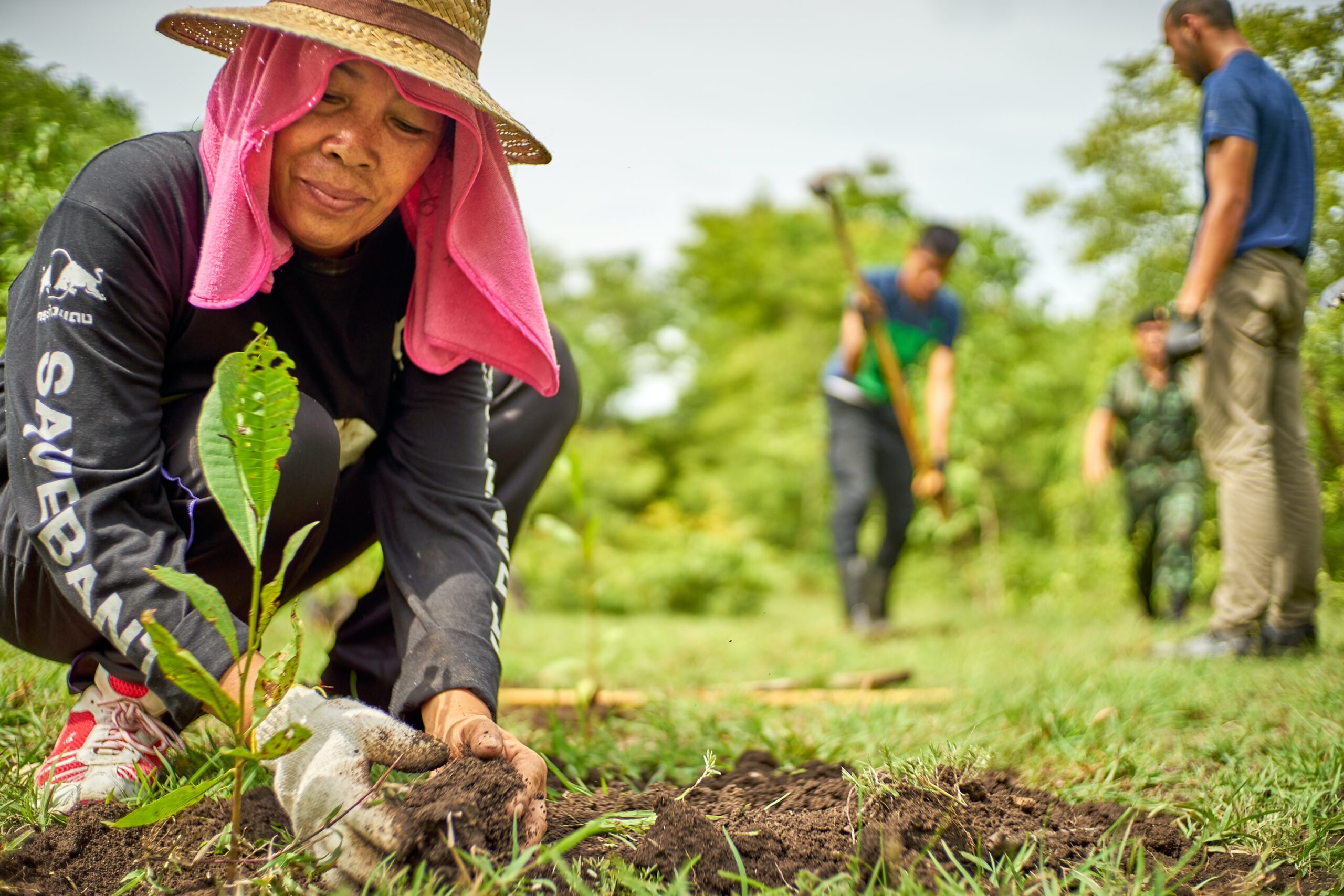Native bees are declining in many regions, often associated with loss of natural habitat. Urbanization replaces natural vegetation with a highly-modified landscape, where residential gardens are a major component of urban greenspace. While many cities retain native vegetation remnants within the urban matrix, these are often small, isolated, and degraded. However, there is little empirical evidence on the capacity of residential gardens to provide equivalent or beneficial habitat for native bees, and which local and landscape factors influence bee assemblages. We surveyed bee assemblages in the southwest Australian biodiversity hotspot at seven residential gardens and seven bushland remnants over two years. We recorded 153 species/morphospecies of native bees. Native bees were more abundant in bushland remnants than in residential gardens. The abundance of the introduced honeybee Apis mellifera was generally high and did not differ between habitats. Bushland remnants hosted more species, and rare and unique species, than did residential gardens. Native bee body size and nesting guilds varied in their response to habitat type. Native bee abundance and richness increased with the abundance of native plant species but decreased with total flower species richness. Native bee species richness was negatively impacted by urbanization (built space and isolation from bushland reserves). There were no significant relationships between honeybee abundance and local and landscape factors. Our study demonstrates that while residential gardens can host native bees, urban bushland remnants harbor a more comprehensive suite of species and are key for the conservation of native bee populations.





































































































































































































































































































































































































































































































































































































































































































































































































































































































































































































































